Home>Storage Ideas>Kitchen Storage>How To Clean A Range Hood – With Expert Tips
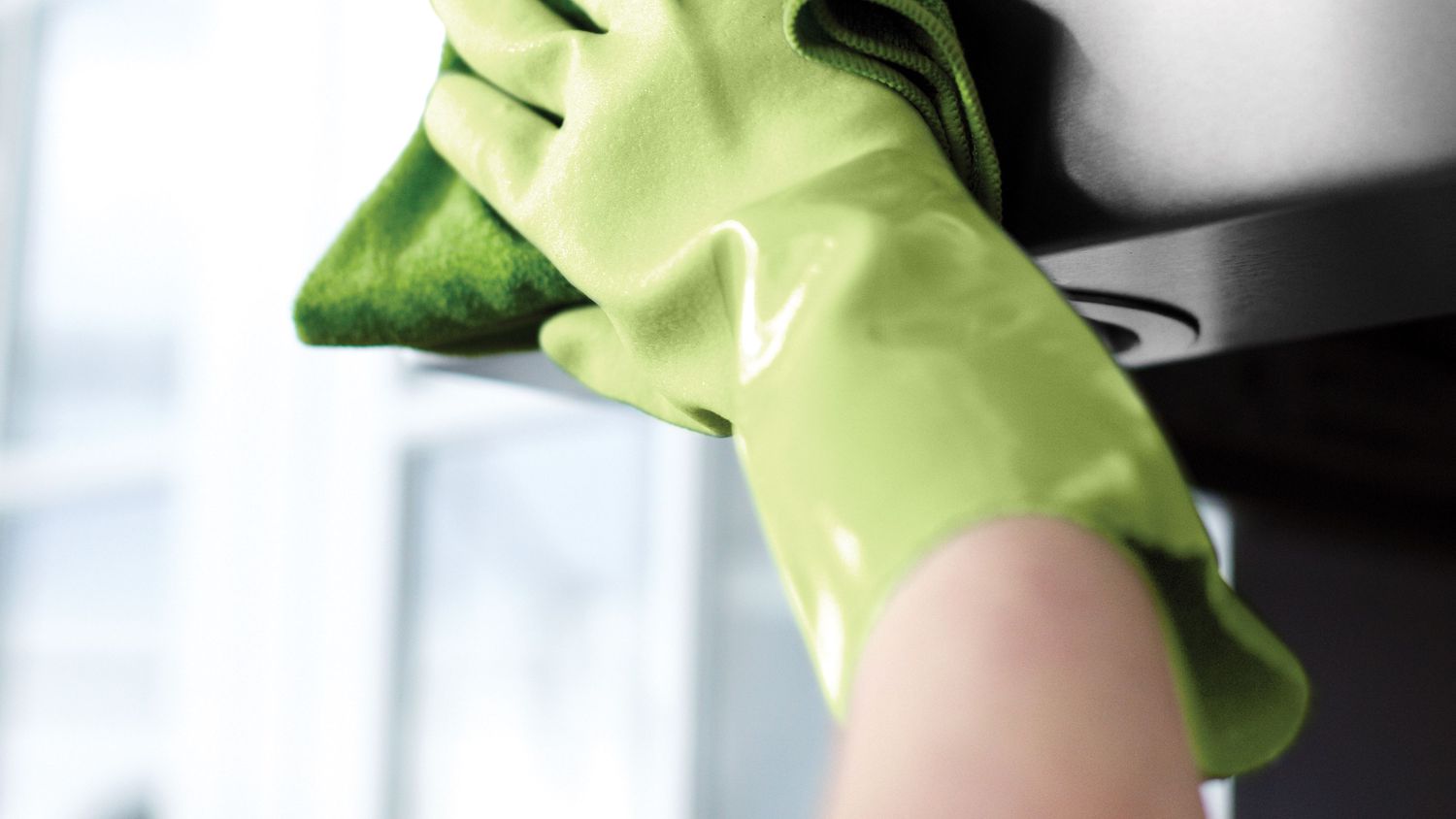

Kitchen Storage
How To Clean A Range Hood – With Expert Tips
Modified: October 20, 2024
Learn how to clean your range hood effectively with expert tips and discover innovative kitchen storage ideas to keep your space organized and clutter-free.
(Many of the links in this article redirect to a specific reviewed product. Your purchase of these products through affiliate links helps to generate commission for Storables.com, at no extra cost. Learn more)
Introduction
Keeping your kitchen clean and well-organized is essential for a functional and enjoyable cooking experience. One area that often gets overlooked but is crucial to maintain is the range hood. A range hood not only helps to remove cooking odors and smoke but also prevents grease and grime from building up in your kitchen.
Cleaning a range hood may seem like a daunting task, but with the right tips and tools, it can be a simple and rewarding endeavor. In this article, we will guide you through the process of cleaning a range hood, providing you with expert tips along the way.
By following these steps and implementing regular cleaning routines, you can ensure that your range hood functions at optimal performance, prolonging its lifespan and keeping your kitchen fresh and free from unwanted odors.
Key Takeaways:
- Regularly cleaning your range hood is crucial for maintaining air quality, preventing fire hazards, and promoting a healthy kitchen environment. Follow expert tips to ensure optimal performance and longevity.
- Implement a regular maintenance routine, including cleaning filters, inspecting ductwork, and using natural cleaners, to keep your range hood functioning efficiently and your kitchen environment fresh and enjoyable.
Read more: How To Clean A Zephyr Range Hood
Importance of Cleaning a Range Hood
A range hood plays a crucial role in maintaining the cleanliness and air quality of your kitchen. It helps to remove grease, smoke, and cooking odors from the air, ensuring a healthier and more pleasant cooking experience. However, over time, the range hood can accumulate grease and grime, hindering its performance and potentially posing a fire hazard.
Regular cleaning of your range hood is essential for several reasons. Firstly, a clean range hood is more effective in removing grease and odors. When the range hood is clogged with grease, it becomes less efficient in trapping and exhausting cooking fumes, leading to a build-up of unpleasant odors in your kitchen.
Furthermore, the accumulation of grease and grime can impair the functionality of the range hood. Grease particles can clog the filters and ducts, reducing the airflow and causing the hood to work less effectively. This can result in increased noise levels, decreased ventilation efficiency, and potentially damaging the internal components of the hood.
Another important reason to clean your range hood regularly is fire prevention. Grease build-up in the hood and ducts poses a significant fire hazard. As grease is highly flammable, a small spark or high heat from cooking can ignite the accumulated grease, leading to a dangerous kitchen fire.
Cleaning your range hood on a regular basis not only ensures its optimal performance but also extends its lifespan. By removing grease and grime, you can prevent costly repairs or the need for premature replacement of your range hood.
Moreover, maintaining a clean range hood improves the overall hygiene of your kitchen. Grease and dirt on the hood’s exterior can attract pests and bacteria, potentially contaminating your food preparation areas. By keeping your range hood clean, you create a healthier environment for you and your family.
Overall, the importance of cleaning your range hood cannot be overstated. It enhances the functionality, prolongs the lifespan, prevents fire hazards, and promotes a clean and healthy kitchen environment. Now, let’s explore the materials and tools you will need for the cleaning process.
Materials and Tools Needed
Before you embark on cleaning your range hood, it’s important to gather the necessary materials and tools. Having everything prepared beforehand will make the process more efficient and ensure that you have everything you need at your fingertips.
Here is a list of the materials and tools you will need:
- Protective gloves: To protect your hands from harsh chemicals and grease.
- Disposable or microfiber cloths: These will be used to wipe down the range hood and remove grease and grime.
- All-purpose cleaner: Choose a cleaner that is safe for the material of your range hood.
- Degreaser: An effective degreaser will help to break down and remove stubborn grease build-up.
- Hot water: Hot water is effective in cutting through grease and grime.
- Cleaning brush or toothbrush: Use a brush with bristles or a toothbrush to scrub hard-to-reach areas and clean the filters.
- Baking soda: Baking soda is a natural abrasive that can help remove tough stains and odors.
- Vinegar: Vinegar is an effective and natural cleaner for removing grease and deodorizing.
- Bucket or basin: This will be used to mix cleaning solutions and hold water for rinsing.
- Plastic bags: To hold and dispose of dirty filters.
- Screwdriver: Some range hoods may require removing screws to access certain parts for cleaning.
Having these materials and tools on hand will make the cleaning process more streamlined and efficient. Additionally, ensure that you read and follow the instructions and safety precautions on the cleaning products and tools you use.
Now that you have everything you need, let’s move on to preparing the area before cleaning your range hood.
Preparing the Area
Before you begin cleaning your range hood, it’s important to prepare the surrounding area to ensure an effective and mess-free cleaning process. Taking a few simple steps to protect your kitchen and yourself will make the task easier and more efficient.
Here are some key steps to follow when preparing the area for cleaning your range hood:
- Turn off the range hood: Make sure the range hood is switched off and not in operation before you start cleaning. This will prevent any accidental activation of the fan or motor during the cleaning process.
- Clear the area: Remove any items, such as utensils, cooking supplies, or decorative objects, from the stove and surrounding countertops. This will provide you with a clear and unobstructed workspace.
- Protect your countertops: Place a protective covering, such as a plastic sheet or old towel, over your countertops. This will prevent any cleaning solutions or dripping water from damaging or staining the surface.
- Open windows or turn on ventilation: Opening windows or turning on your kitchen ventilation system will help to improve air circulation and prevent the buildup of fumes or strong odors during the cleaning process.
- Wear protective gear: It’s important to protect yourself during the cleaning process. Wear gloves to shield your hands from harsh chemicals and dirt. If the grease buildup is particularly heavy, you may also want to wear goggles or a face mask for added protection.
Taking these precautions will help you create a clean and safe workspace, as well as minimize any potential damage to your kitchen surfaces. Now that the area is prepared, you are ready to start removing grease and grime from your range hood.
Removing Grease and Grime
Now that you have prepared the area, it’s time to tackle the task of removing the grease and grime buildup from your range hood. This step is essential for improving the performance of your hood and preventing potential fire hazards.
Follow these steps to effectively remove grease and grime:
- Start by unplugging the range hood or turning off the power at the circuit breaker. Safety should always be a priority when working with electrical appliances.
- If the range hood has removable filters, take them out. These filters can accumulate a significant amount of grease and should be cleaned separately. Refer to the manufacturer’s instructions for proper removal and cleaning techniques.
- Prepare a mixture of hot water and a degreaser or all-purpose cleaner in a bucket or basin. Use the cleaner according to the manufacturer’s instructions.
- Dip a cloth or sponge into the cleaning solution and wring out any excess liquid. Gently wipe down the interior surfaces of the range hood, paying special attention to areas with heavy grease buildup.
- For stubborn grease stains, sprinkle some baking soda directly on the affected areas. Let it sit for a few minutes, then scrub with a brush or toothbrush to remove the stains.
- Rinse the cloth or sponge frequently in the cleaning solution to prevent spreading the grease around.
- Once the interior surfaces are clean, use a clean cloth or sponge dampened with plain hot water to rinse off any remaining soap residue.
- For metal surfaces, you can also use vinegar as a natural cleaner. Dip a cloth into the vinegar and wipe down the surfaces to remove any lingering grease and leave a shiny finish.
- Thoroughly dry the interior surfaces of the range hood with a clean, dry cloth.
- If the range hood has a charcoal filter, replace it if necessary, following the manufacturer’s instructions.
By following these steps, you can effectively remove grease and grime from your range hood, improving its performance and extending its lifespan. Now let’s move on to cleaning the hood filters.
To clean a range hood, start by removing the filters and soaking them in hot, soapy water. Use a degreaser to clean the hood and wipe it down with a damp cloth. Finish by drying the hood thoroughly before replacing the filters.
Read more: How To Clean Range Hood Motor
Cleaning the Hood Filters
The filters in your range hood play a vital role in trapping grease and preventing it from entering the ventilation system. Over time, these filters can become clogged with grease and need to be cleaned to maintain the hood’s efficiency.
Follow these steps to clean your hood filters:
- Check the manufacturer’s instructions to determine if your filters are dishwasher-safe. If they are, you can simply place them in the dishwasher for a thorough cleaning. Make sure to remove any excess grease or debris from the filters before placing them in the dishwasher.
- If your filters are not dishwasher-safe or you prefer to clean them by hand, start by filling a basin or sink with hot water and a degreasing agent or all-purpose cleaner.
- Submerge the filters in the cleaning solution and let them soak for about 15-30 minutes. This will help to loosen the grease and grime.
- Using a scrub brush or toothbrush, gently scrub the filters to remove any remaining grease and dirt. Pay extra attention to the areas with heavy buildup.
- Rinse the filters thoroughly with hot water to remove all traces of the cleaning solution and loosened grease.
- Inspect the filters for any stubborn stains or grease spots. If necessary, you can repeat the soaking and scrubbing process to ensure they are thoroughly cleaned.
- After cleaning, allow the filters to air dry completely before reinstalling them in the range hood.
Cleaning the hood filters regularly is crucial for maintaining the effectiveness of your range hood. By removing grease and grime, you not only improve the appliance’s performance but also reduce the risk of fire hazards. Next, we will move on to cleaning the exterior of the range hood.
Cleaning the Exterior of the Range Hood
The exterior of your range hood can accumulate grease, fingerprints, and other dirt over time. Cleaning the exterior not only improves the appearance of your kitchen but also ensures the longevity and functionality of your range hood.
Follow these steps to clean the exterior of your range hood:
- Start by unplugging the range hood or turning off the power at the circuit breaker to ensure safety.
- Dampen a cloth or sponge with warm water and a small amount of dish soap or all-purpose cleaner.
- Gently wipe down the exterior surfaces of the range hood, including the top, sides, and front panel. Pay attention to any areas with visible grease or stains.
- If there are stubborn grease stains, sprinkle some baking soda on a damp cloth and gently scrub the affected areas. Baking soda is an effective natural abrasive that can help remove tough stains without scratching the surface.
- Rinse the cloth or sponge frequently to remove any soap residue, and continue wiping until the surfaces are clean.
- Use a clean, damp cloth to wipe away any remaining soap residue from the exterior of the range hood.
- For stainless steel range hoods, you can maintain their shine by using a stainless steel cleaner or a mixture of equal parts vinegar and water. Apply the cleaner with a soft cloth, following the grain of the stainless steel, and then wipe it off with a clean cloth to prevent streaks.
- Dry the exterior surfaces of the range hood with a clean, dry cloth to remove any remaining moisture and prevent water spots.
By regularly cleaning the exterior of your range hood, you can keep it looking its best and prevent the accumulation of grease and dirt. Now, let’s explore some tips for maintaining a clean range hood over time.
Maintaining a Clean Range Hood
Keeping your range hood clean is not a one-time task. To ensure its optimal performance and longevity, it’s important to implement a regular maintenance routine. By following these simple tips, you can maintain a clean range hood and prevent the buildup of grease and grime:
- Wipe down the range hood after every use: Get into the habit of quickly wiping down the interior and exterior surfaces of your range hood after each cooking session. This will help remove any immediate grease or food splatters before they have a chance to harden and accumulate.
- Clean the filters regularly: Depending on how frequently you cook, it’s recommended to clean or replace the range hood filters once every month or two. Regular maintenance of the filters will prevent them from becoming clogged with grease and reduce the risk of fire hazards.
- Empty and clean the grease trap: If your range hood has a grease trap or collection container, make sure to empty and clean it regularly. This will prevent the accumulation of grease and ensure optimal performance.
- Inspect the ventilation ducts: Periodically check the ventilation ducts connected to your range hood for any blockages or excessive grease buildup. If necessary, clean the ducts or seek professional help to ensure proper airflow.
- Use a splatter guard while cooking: To minimize the amount of grease and food splatters that reach your range hood, consider using a splatter guard while cooking. This will help prevent grease from spreading and accumulating on the surfaces.
- Regularly clean the stove area: A clean stove area will reduce the amount of grease and food debris that is drawn up into the range hood. Wipe down the stove and surrounding countertops regularly to prevent the transfer of dirt and grease onto the hood.
- Read and follow the manufacturer’s instructions: Different range hoods may have specific cleaning and maintenance requirements. Be sure to read and follow the instructions provided by the manufacturer for optimal performance and to avoid any potential damage.
By incorporating these maintenance tips into your routine, you can ensure that your range hood remains clean and efficient, enhancing the overall functionality of your kitchen. Now, let’s move on to some expert tips for effective cleaning.
Expert Tips for Effective Cleaning
Cleaning a range hood can be a straightforward task with the right approach. Here are some expert tips to help you achieve the most effective cleaning results:
- Use hot water: Hot water is a powerful ally when it comes to cutting through grease and grime. Use hot water when creating your cleaning solutions and rinsing the hood to enhance the cleaning process.
- Let cleaning solutions sit: For particularly stubborn grease or stains, allow your cleaning solution to sit on the surface for a few minutes before scrubbing or wiping. This will help to break down the grease, making it easier to remove.
- Scrub in circular motions: When scrubbing, use circular motions rather than back and forth movements. Circular motions help to dislodge grease more effectively and prevent smearing it around.
- Clean filters more frequently if necessary: If you frequently cook using high heat or produce a lot of grease during your cooking, you may need to clean your filters more often than recommended to maintain optimal performance.
- Consider using natural cleaners: If you prefer to use natural cleaners, items such as baking soda and vinegar can be effective alternatives to commercial cleaning products. They are safe, environmentally friendly, and still capable of breaking down grease.
- Inspect and clean the fan blades: Periodically check the fan blades for any visible grease or dirt buildup. Clean the fan blades using a cloth or brush to ensure proper ventilation and prevent a drop in performance.
- Regularly clean the range hood controls: If your range hood has control buttons or switches, regularly wipe them down to remove any grease or residue that may accumulate over time.
- Don’t forget about the lighting: If your range hood has built-in lighting, make sure to clean the light fixtures regularly. Grease and dirt can accumulate on the bulbs or covers, diminishing their brightness.
- Keep an eye on the ductwork: While cleaning the range hood, take a moment to inspect the ductwork for any signs of damage or blockage. Addressing these issues promptly will help maintain proper airflow.
- Establish a regular cleaning schedule: Set a regular cleaning schedule to ensure that your range hood receives the attention it needs. Consistency is key to maintaining a clean and efficient range hood.
By following these expert tips, you can enhance the effectiveness of your range hood cleaning routine. Remember, the goal is not only to remove grease and grime but also to maintain the optimal performance, longevity, and safety of your range hood.
With these tips in mind, you are now equipped with the knowledge to keep your range hood clean and functioning at its best. Regular maintenance and thorough cleaning will ensure that your kitchen remains a fresh and enjoyable space for cooking.
Keep your range hood sparkling clean and enjoy the benefits of a well-maintained and efficient kitchen!
Read more: How To Clean Fotile Range Hood
Conclusion
Keeping your range hood clean and well-maintained is crucial for a functional and pleasant cooking experience. Regular cleaning not only improves the performance of your range hood but also ensures a safer and healthier kitchen environment.
In this article, we have provided you with comprehensive steps and expert tips for effectively cleaning your range hood. We started by emphasizing the importance of maintaining a clean range hood, discussing its impact on air quality, fire prevention, and overall kitchen hygiene. We then outlined the materials and tools you will need to successfully clean your range hood.
We guided you through preparing the area, removing grease and grime from the interior surfaces, and cleaning the hood filters. We also covered the process of cleaning the exterior surfaces and provided expert tips for maintaining a clean range hood on a regular basis.
Remember, regular cleaning and maintenance are key to the optimal performance and longevity of your range hood. By implementing these cleaning techniques and following the expert tips, you can enjoy a cleaner, more efficient, and safer cooking environment.
So, take the time to clean your range hood regularly, inspect and clean the filters, and maintain a clean and organized kitchen. By doing so, you’ll create a space that not only looks great but also works efficiently, providing you with a more enjoyable cooking experience.
Thank you for reading, and happy cleaning!
Frequently Asked Questions about How To Clean A Range Hood - With Expert Tips
Was this page helpful?
At Storables.com, we guarantee accurate and reliable information. Our content, validated by Expert Board Contributors, is crafted following stringent Editorial Policies. We're committed to providing you with well-researched, expert-backed insights for all your informational needs.
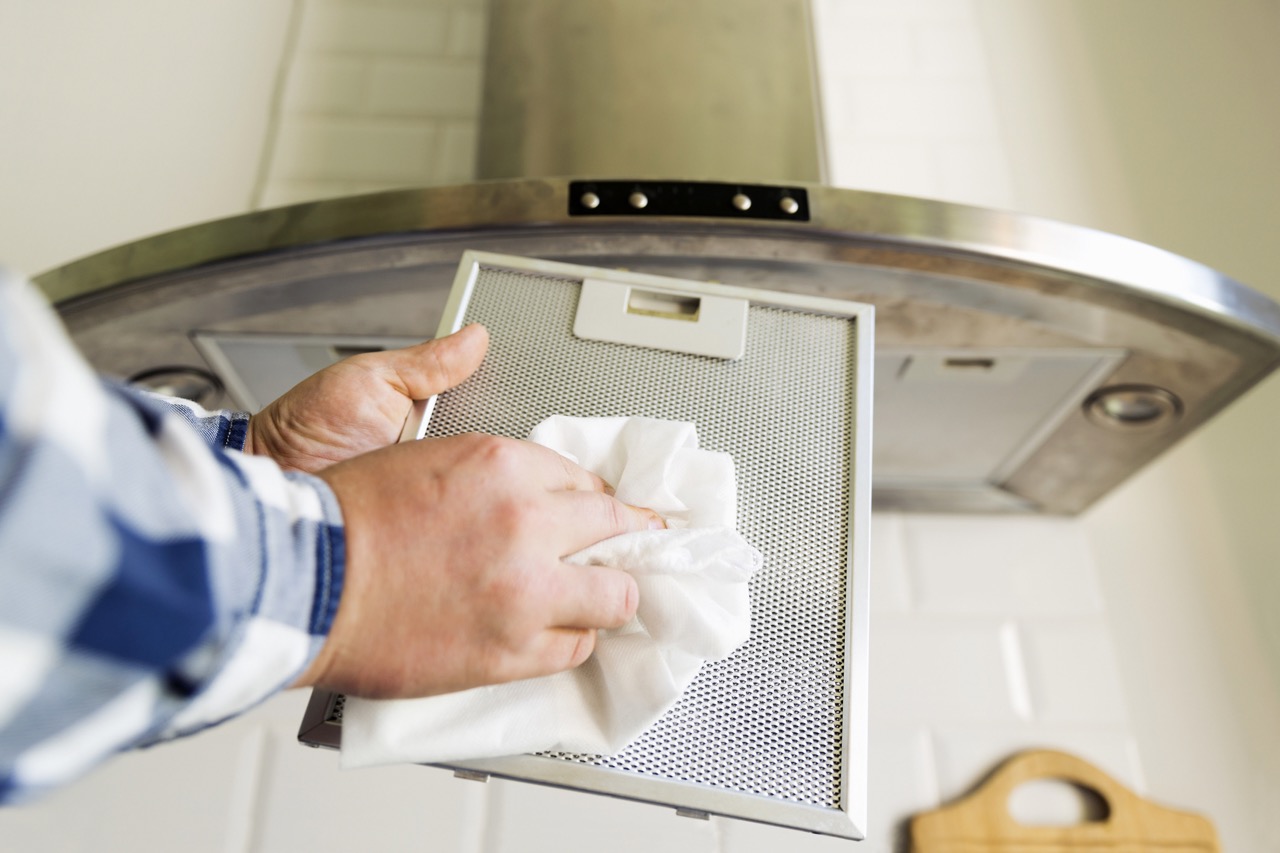
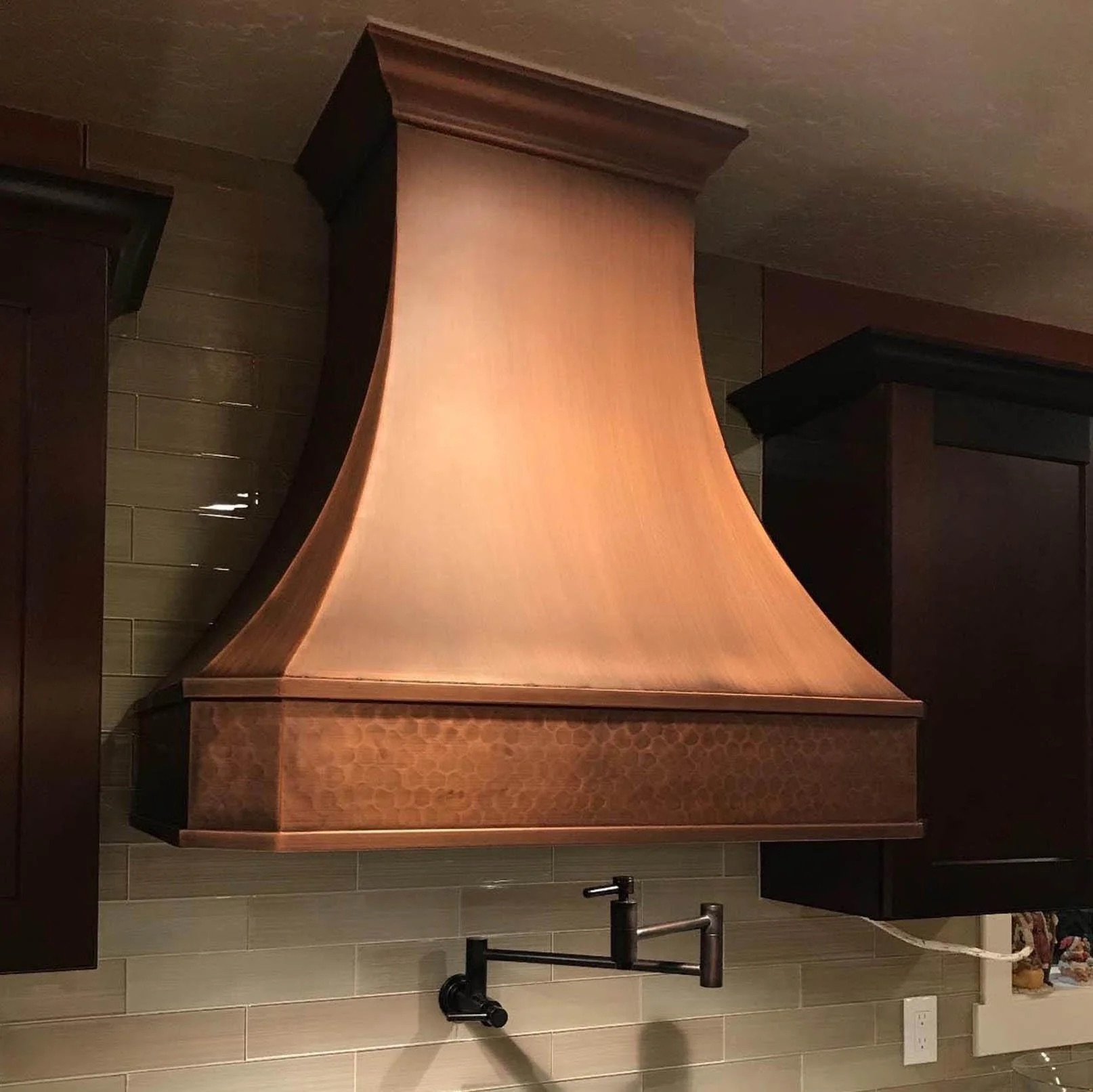
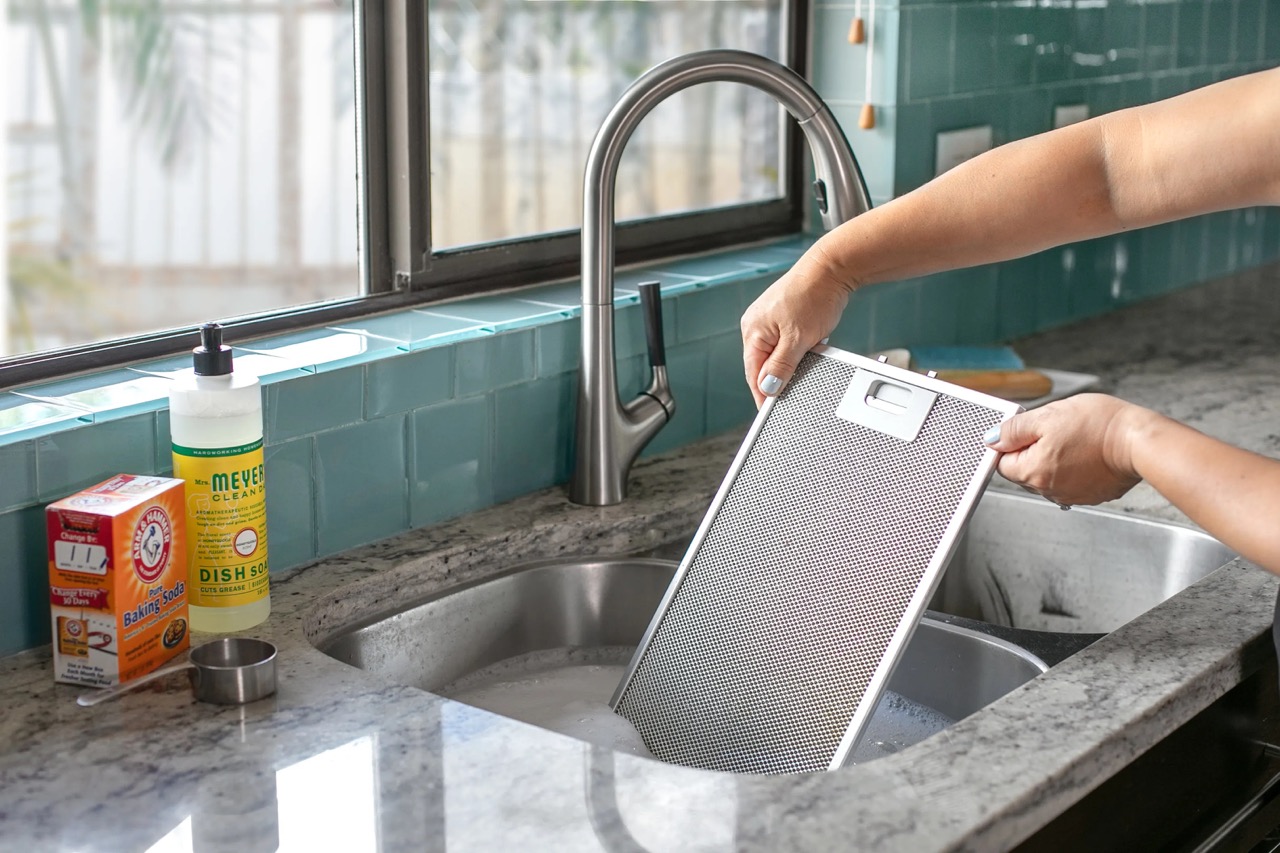

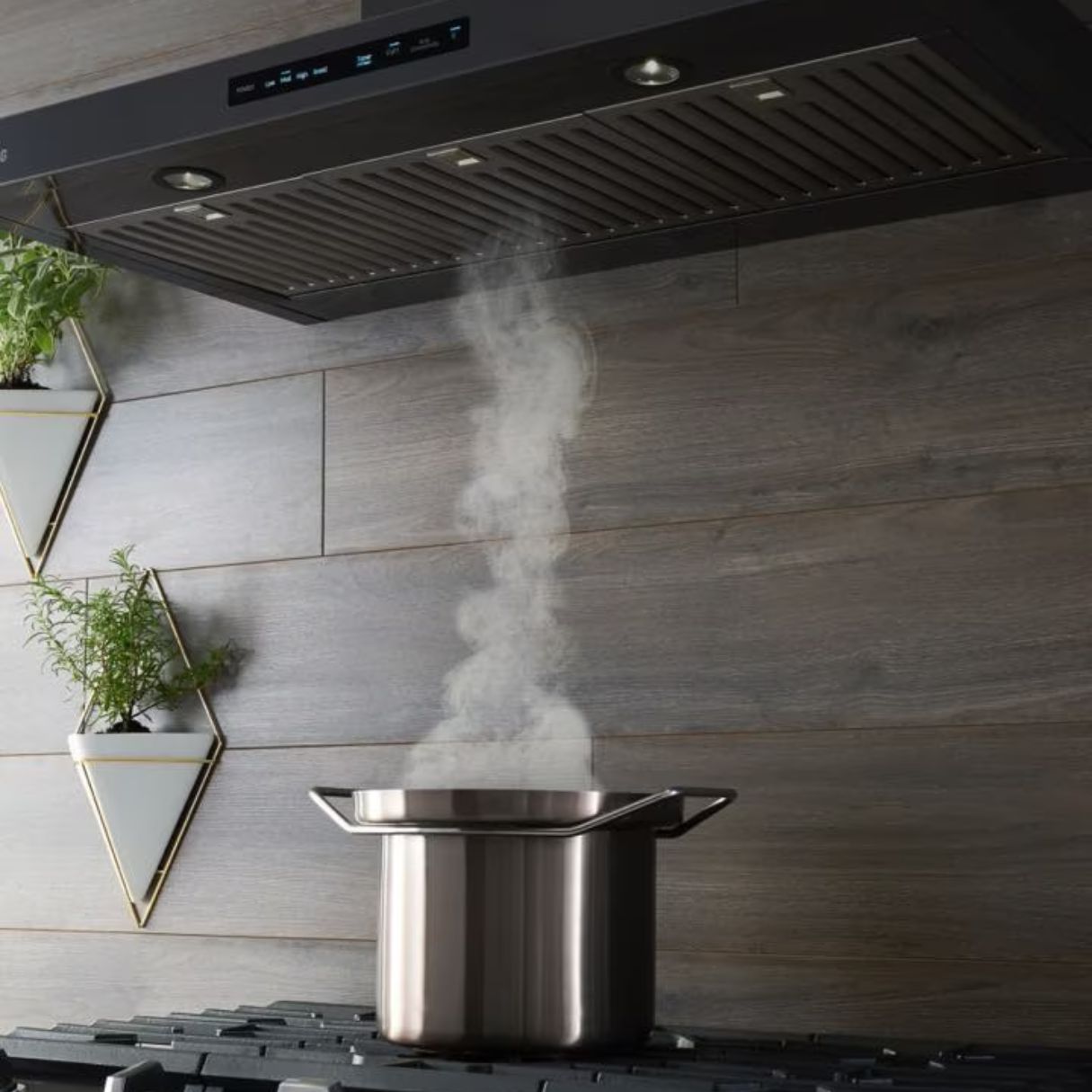
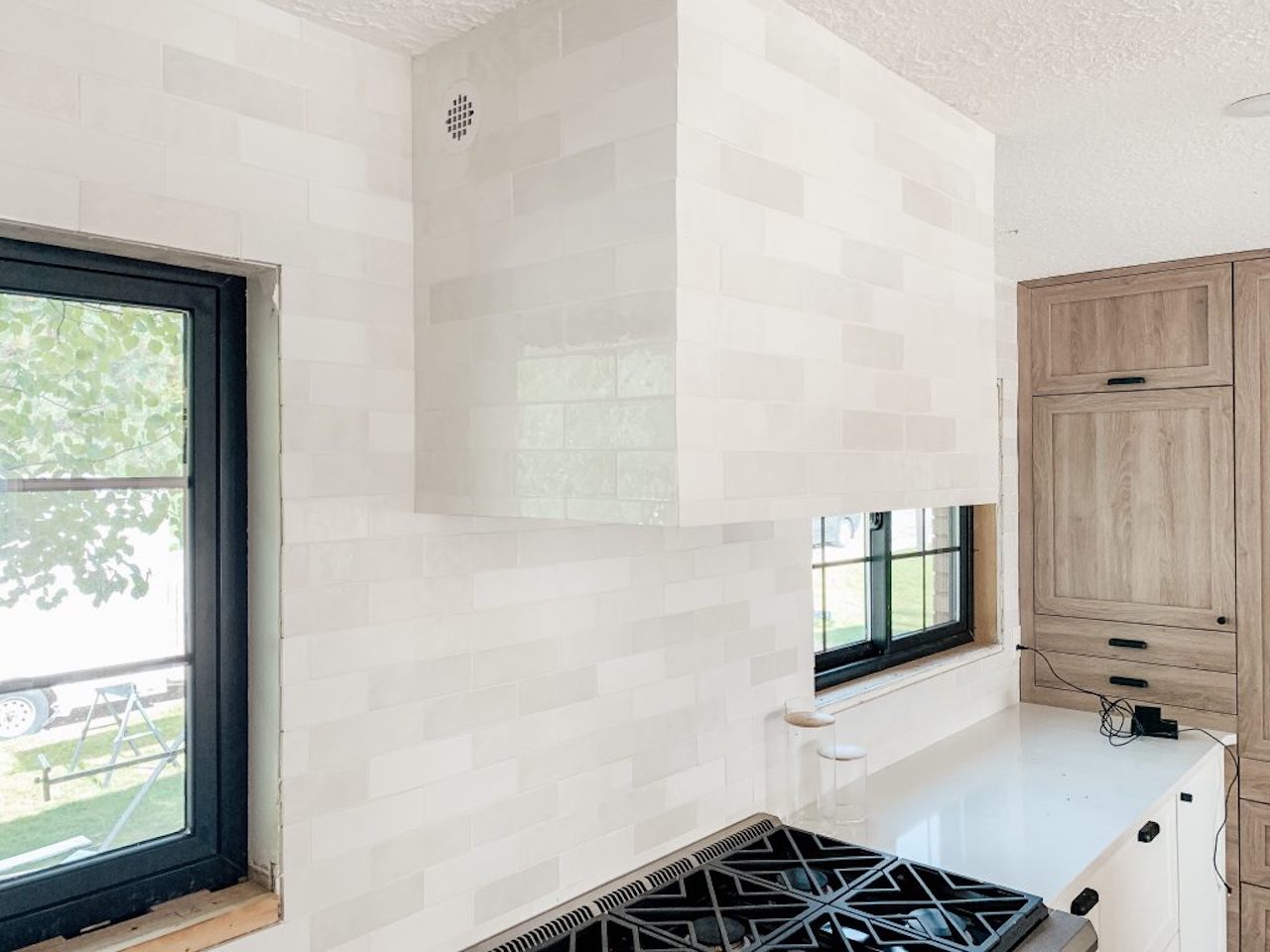

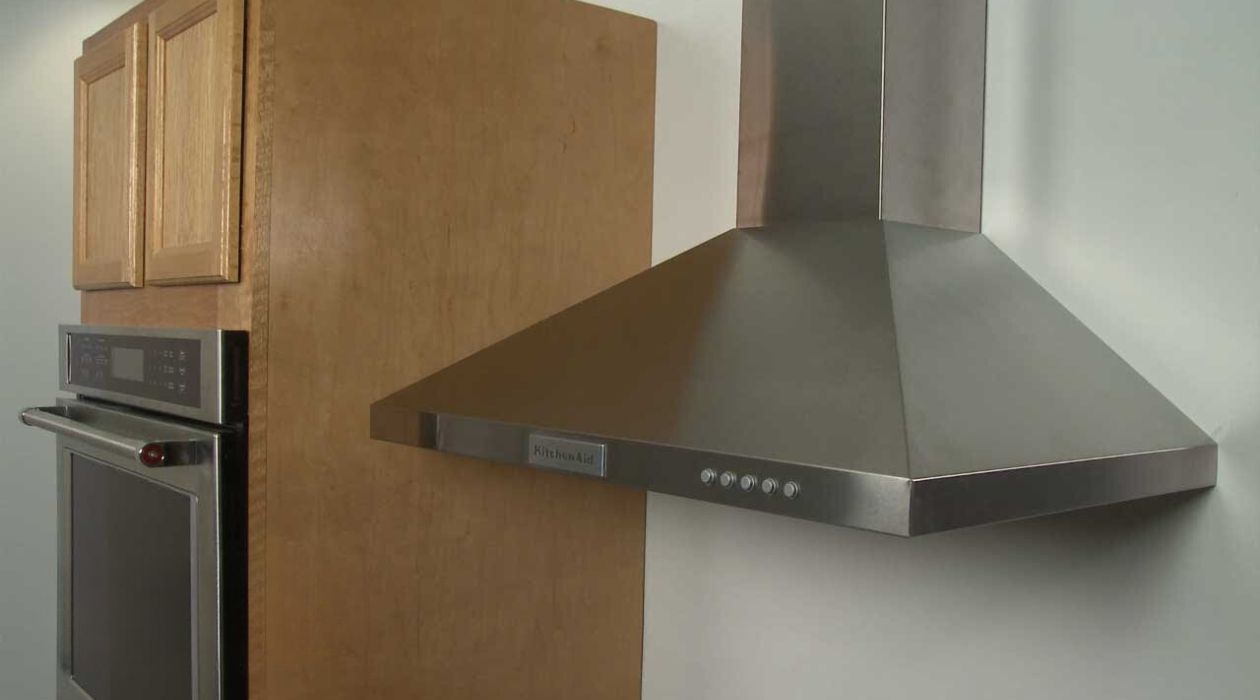
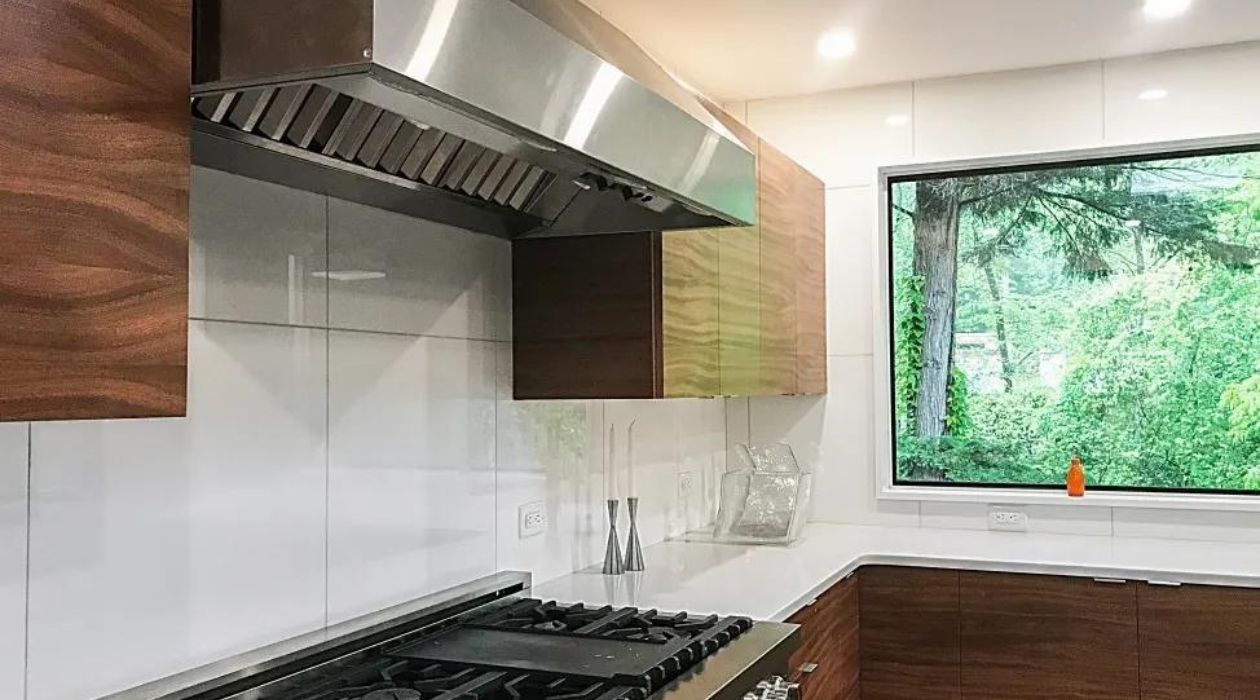
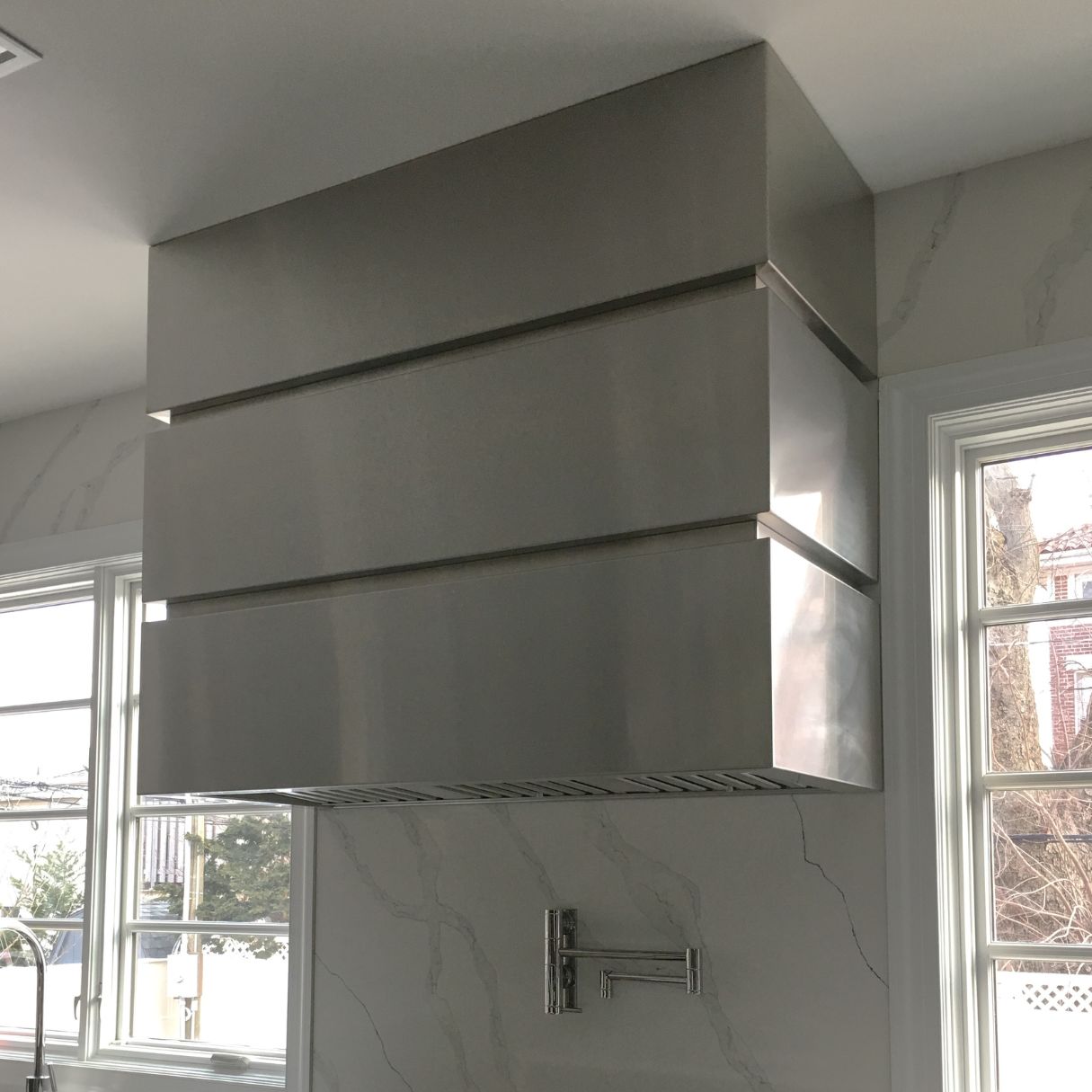
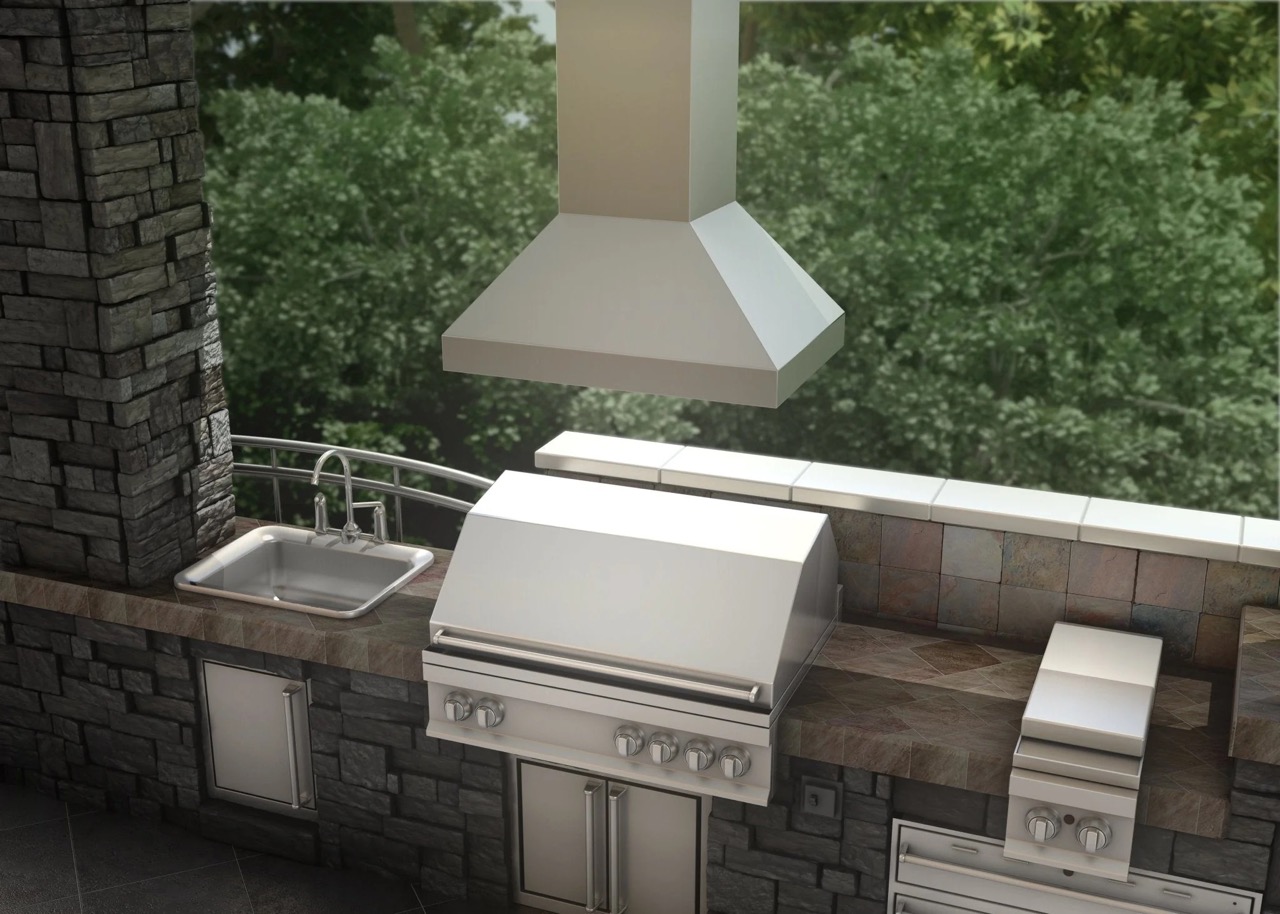
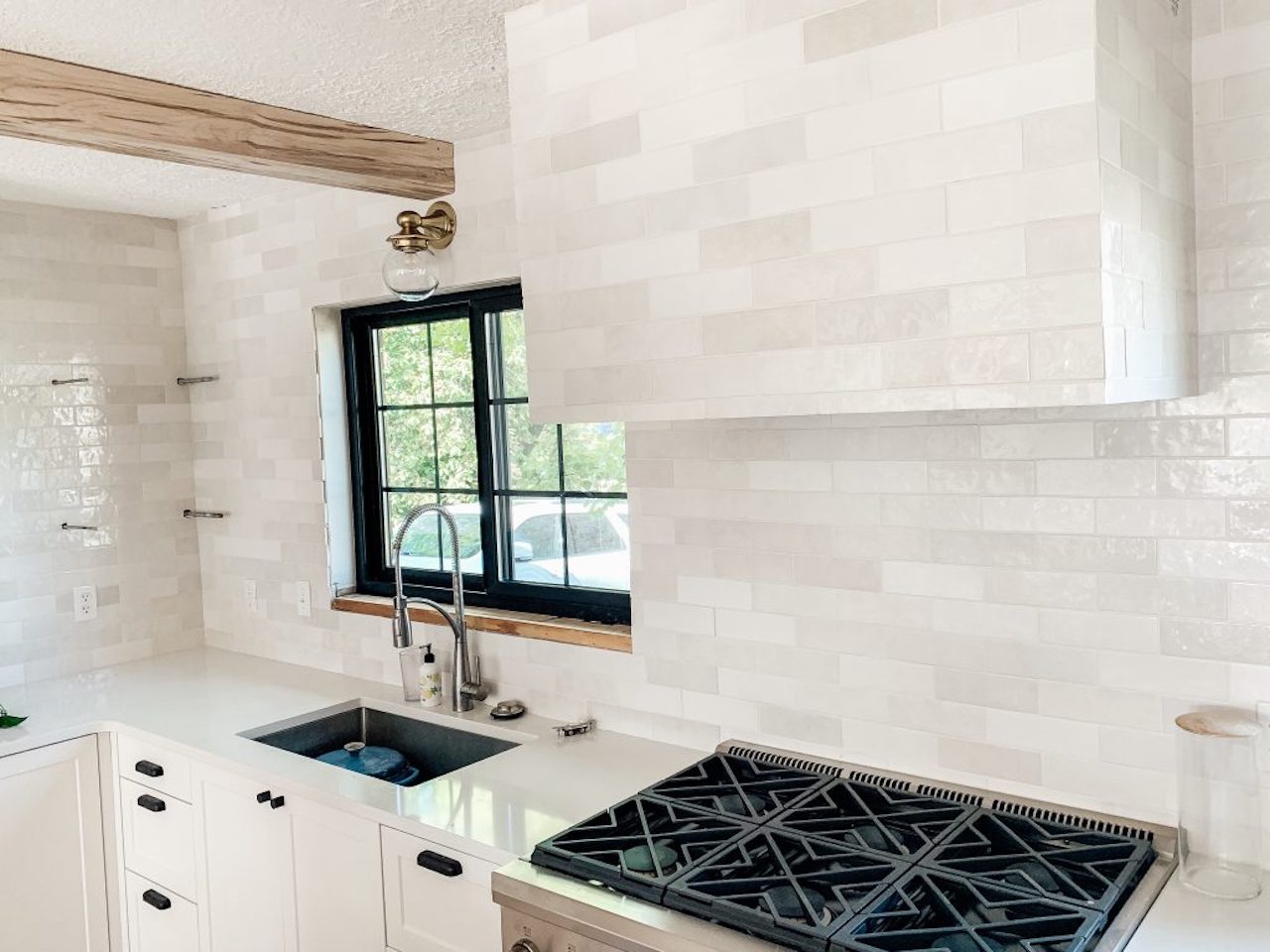
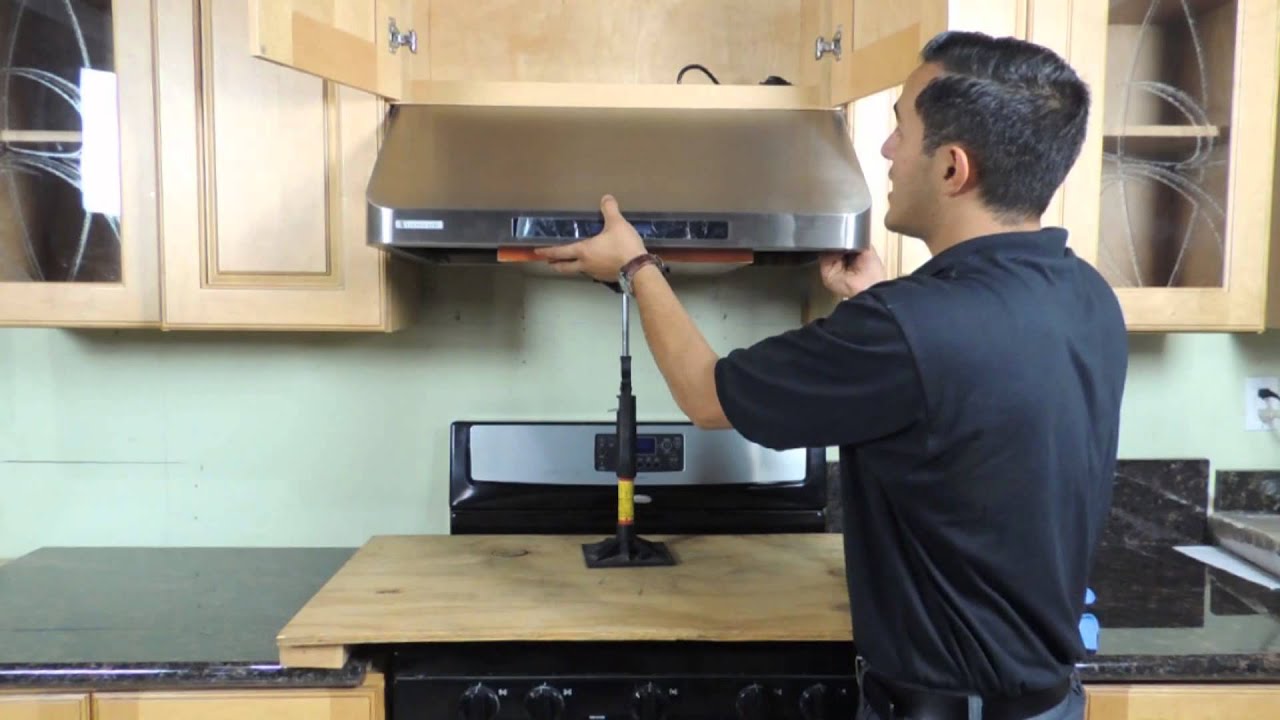

0 thoughts on “How To Clean A Range Hood – With Expert Tips”